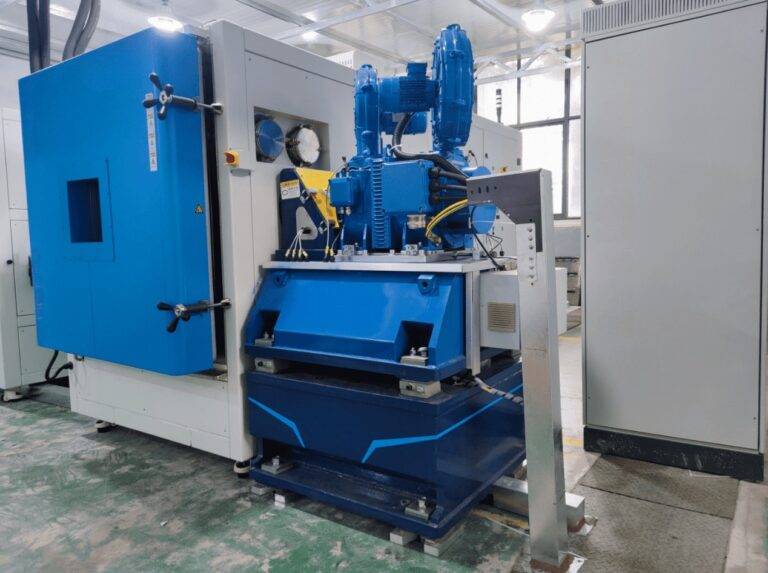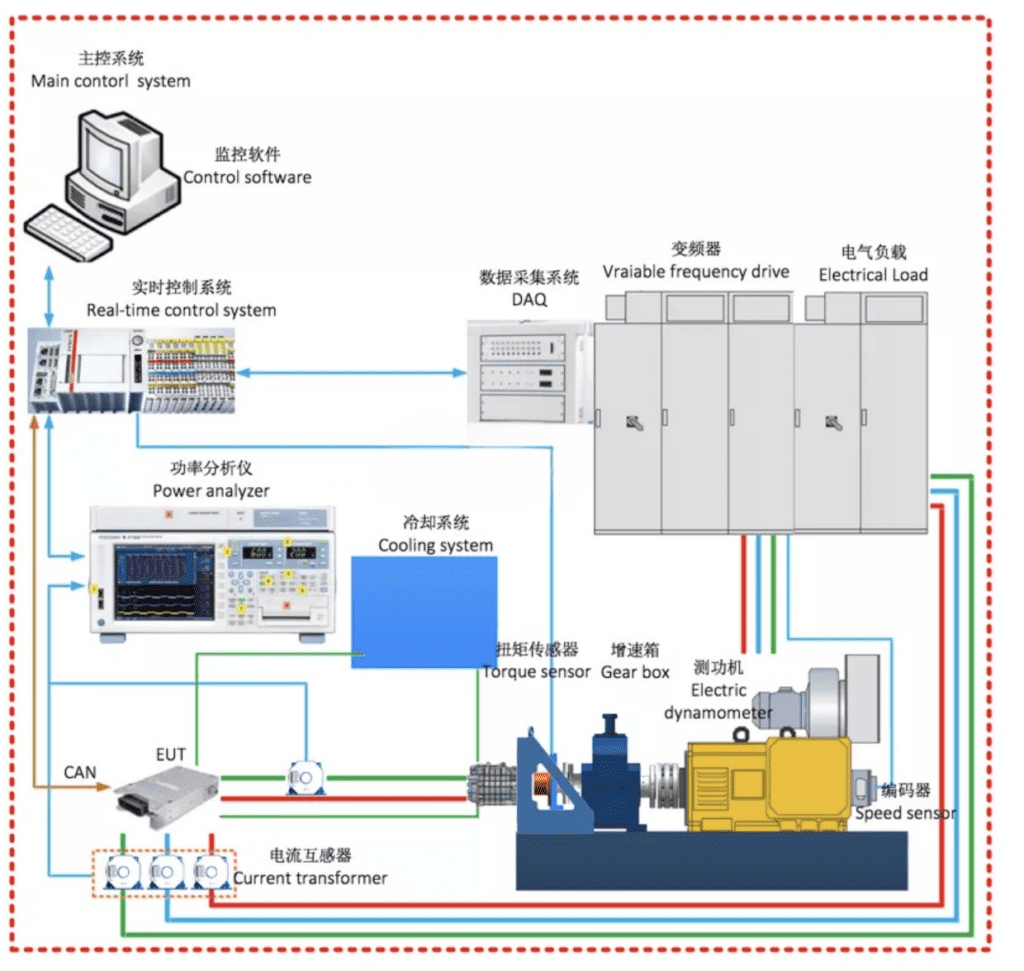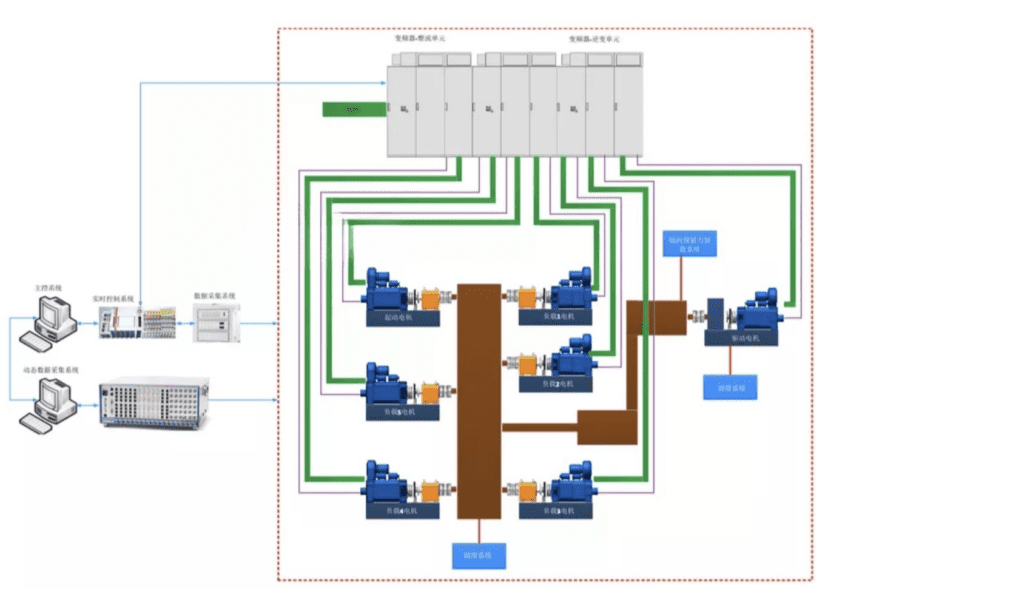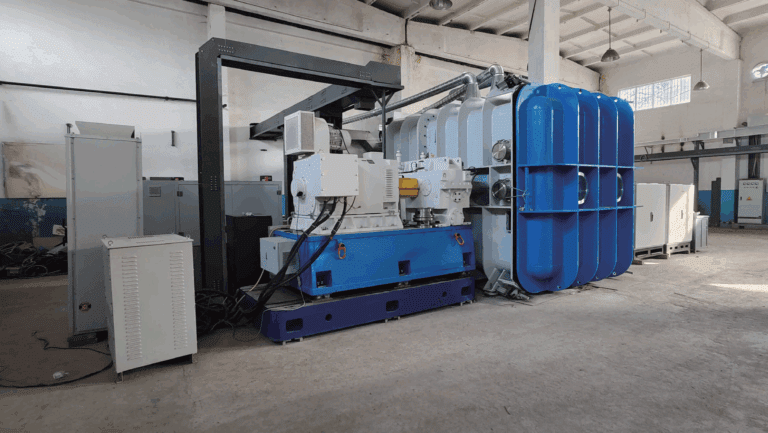Aircraft starter generators are more than just components; they are the unsung heroes of flight. These ingenious units perform a dual role: first, they act as powerful electric motors to crank the engine to life, and then, once the engine is running, they seamlessly transition into generators, providing the essential electrical power for all onboard systems. From powering critical avionics to recharging the battery, their flawless operation is non-negotiable for safe and efficient flight.
In an industry where safety is paramount, rigorous testing of aircraft starter generators is not just a recommendation – it’s a necessity. These tests act as a vital quality control measure, ensuring that each unit can perform its critical functions reliably under a wide range of simulated real-world conditions. By identifying potential weaknesses or performance issues before installation, comprehensive testing helps prevent costly in-flight failures and ensures the continued airworthiness of aircraft.
As the aviation sector increasingly embraces more electric aircraft (MEA) and hybrid-electric aircraft (HEA) designs, the role and demands placed upon integrated starter-generators (ISGs) are amplified. These advanced units, often embedded directly within the engine, contribute to enhanced efficiency and power density. Consequently, the importance of thorough and accurate testing becomes even more pronounced to guarantee the dependable performance of these integrated, dual-function power sources.
我们为航空高速传输系统提供定制的测试系统, 例如高速发电机, 高速变速箱, ETC. 各种类型的置, 测功机系统和电气负荷可以根据实际需求设计.
Aircraft starter generators exhibit remarkable versatility by performing two distinct yet vital functions:
1. The Power to Start: Operating as a High-Torque Motor
In the initial phase of engine start-up, the starter generator acts as a robust electric motor. It draws a significant surge of electrical current from the aircraft’s battery, converting this electrical energy into the mechanical rotational force needed to turn the engine’s crankshaft. This initial cranking action must bring the engine up to a sufficient rotational speed for the combustion process to ignite and become self-sustaining. For turbine engines, this starting phase is particularly demanding, requiring the starter generator to not only initiate rotation but also to continue assisting the engine’s acceleration until it reaches its self-sustaining speed.
2. Sustaining Flight: Transitioning to a Reliable Generator
Once the engine achieves the required RPM, the starter generator seamlessly transitions into its generator mode. In this capacity, it harnesses the mechanical energy from the engine’s rotation and converts it back into electrical power. This generated electricity serves two primary purposes: to supply power to the aircraft’s various onboard electrical systems, including navigation, 沟通, lighting, and flight control systems, and to recharge the aircraft’s battery, ensuring power is available for the next engine start or during periods of low engine RPM. These units are designed to provide a substantial and consistent DC power output, often rated for continuous duty up to 400 amperes, highlighting their critical role in maintaining the aircraft’s electrical backbone.
This ingenious dual functionality offers significant advantages in aircraft design. By combining the roles of a separate starter motor and a dedicated generator into a single, lighter, and more compact unit, aircraft manufacturers can achieve substantial weight and space savings. This integration simplifies the engine accessory gearbox, reduces the complexity of wiring and mounting, and ultimately contributes to improved fuel efficiency and overall aircraft performance – critical factors in modern aviation.

Evaluating the performance and reliability of aircraft starter generators requires a sophisticated and meticulously designed test system. These systems typically comprise several interconnected subsystems working in harmony to simulate a wide range of operational conditions. Here’s a closer look at the key components:

2. High-speed transmission box test system
The high-speed transmission box test system generally tests the high-speed transmission box in the back-end transmission chain of aero engines. The system generally consists of high-speed drive motors, load motors, variable frequency control systems, sensor measurement systems, lubrication systems, high-speed shaft systems, and mechanical systems. , High-speed gearbox system, real-time vibration detection system, real-time control system, high-speed data acquisition system and other parts.

Aircraft operate in a vast range of environmental conditions, from the scorching heat of desert runways to the frigid temperatures at high altitudes. Therefore, evaluating the performance of aircraft starter generators under extreme temperature conditions is a critical aspect of ensuring their reliability and safety.
High-Temperature Testing: Simulating elevated temperatures allows engineers to assess the starter generator’s ability to withstand thermal stress. This testing verifies that the unit can maintain optimal performance without overheating, loss of efficiency, or degradation of materials, all of which could compromise its lifespan and functionality.
Low-Temperature Testing: Conversely, low-temperature testing is equally vital. Starter generators must be able to function reliably in cold environments, where lubricants can become viscous and the electrical properties of components can change. These tests evaluate the generator’s ability to start the engine and generate power efficiently under these conditions, ensuring dependable operation during all phases of flight, particularly at high altitudes where temperatures plummet.
The Role of Cooling Systems in Thermal Management: During both high and low-temperature testing, the performance of the starter generator’s cooling mechanisms (both air and liquid) is closely monitored. This ensures that the cooling systems can effectively maintain the unit’s temperature within acceptable limits across the entire operational spectrum, contributing to its overall integrity and functionality.
By subjecting aircraft starter generators to these rigorous high and low-temperature evaluations within specialized temperature chambers, engineers gain comprehensive insights into their performance characteristics under extreme thermal conditions. This thorough assessment helps identify any potential weaknesses and allows for necessary design improvements, ultimately ensuring compliance with stringent aviation standards and enhancing the safety and reliability of aircraft systems during all critical phases of flight.
The high-speed transmission system test system can be composed of multiple drive motors and load motors according to the needs of the test product to be tested, and the shaft system can also be designed according to real-time requirements.

A crucial aspect of evaluating an aircraft starter generator’s performance is accurately assessing its ability to initiate engine start. To achieve this, advanced test systems incorporate engine inertia simulation. This feature replicates the actual resistance the starter generator encounters when cranking an aircraft engine – a significant factor in determining the required starting torque and speed.
Historically, this simulation was achieved using heavy flywheels attached to the test system. 然而, modern test benches often utilize more sophisticated electronic methods. By employing an AC induction motor coupled with a variable frequency drive (VFD), the test system can dynamically simulate the desired inertia through precisely controlled resistive loads. This electronic approach offers several advantages over physical flywheels, including:
By accurately replicating the engine’s inertia, these test systems provide a far more realistic evaluation of the starter generator’s ability to deliver the necessary torque to overcome this resistance and achieve the required engine starting speed. Some test stands also include a mechanical brake to simulate a stalled engine condition, allowing engineers to test the starter generator’s stall torque capabilities without risking damage to the test equipment. The ability to adjust the simulated inertia and control the direction of rotation further enhances the accuracy and realism of the testing process.
In today’s advanced aircraft starter generator test platforms, software systems serve as the indispensable central nervous system, orchestrating and monitoring every facet of the testing process. These sophisticated programs provide a user-friendly interface for both automated and manual operation, empowering engineers to precisely define test parameters, initiate and conclude tests, and seamlessly manage the operation of all integrated subsystems, including the dynamometer, load banks, and cooling systems.
The primary role of these software systems is to efficiently acquire and manage the vast amounts of data generated by the numerous sensors within the test rig. They provide real-time visualization of critical performance metrics – such as voltage, 当前的, 速度, and frequency – often presented through intuitive graphical displays and digital readouts. 此外, these systems perform in-depth analysis of the collected data, incorporating advanced functionalities like waveform capture to provide granular insights into the starter generator’s operational characteristics and identify any anomalies or deviations from expected performance.
A critical capability of these software systems is the automated generation of comprehensive test reports. These reports are essential for meticulous documentation of the entire testing procedure and its outcomes. They typically include clear pass/fail assessments based on pre-defined performance criteria, detailed performance curves illustrating the starter generator’s behavior under various simulated conditions, and a complete log of all test parameters recorded during the evaluation. The automation of data measurement ensures accuracy, efficient storage, streamlined report generation, and even direct printing of test results.
Moreover, the software often supports a wide array of specialized tests designed to evaluate specific aspects of the starter generator’s operation. These can include short-circuit tests to assess fault tolerance, load-revving speed change tests to evaluate dynamic response, and various operational mode simulations. Engineers can frequently leverage the software’s flexibility to create custom test sequences and load profiles tailored to unique testing requirements or specific starter generator models. Advanced control features, such as demagnetizing and stabilizing operations, and specific test routines for AC and DC generators, are often integrated. Many modern software systems also offer remote data access and transmission capabilities, facilitating seamless collaboration and efficient data sharing among testing teams.
The integration of sophisticated software systems into aircraft starter generator testing underscores the complexity of contemporary evaluation procedures and the absolute necessity for automated tools to effectively manage the intricate details involved. This automation significantly enhances the efficiency, accuracy, and repeatability of testing, minimizing the potential for human error and ensuring consistent and reliable results. The ability to conduct specialized tests and generate detailed, automated reports is paramount for maintaining stringent quality control standards, ensuring compliance with aviation regulations, and providing a thorough and auditable record of the starter generator’s performance validation.
The intricate process of aircraft starter generator testing is a cornerstone of aviation safety and operational integrity. By subjecting these vital dual-function components to a comprehensive battery of tests using sophisticated and integrated systems, the aviation industry ensures their reliability and peak performance under all conceivable operating conditions. From simulating the demanding engine start-up phase to evaluating power generation efficiency and stability across extreme temperatures, every aspect of their functionality is meticulously scrutinized. The integration of advanced technologies like electronic inertia simulation and intelligent software systems further enhances the accuracy and efficiency of these evaluations. This unwavering commitment to rigorous testing ultimately safeguards the skies, ensuring the dependable operation of these critical components and upholding the highest standards of aviation reliability for every flight.
如有任何疑问或支持, 请通过电子邮件联系 info@econotests.com.
我们的目标是及时回应.
需要立即帮助? 请致电我们 +86 156 1877 0706.
我们的团队随时准备为您提供帮助.
我们欢迎您来参观我们位于 3F, 建筑 2, 小湾路511号, Fengxian, 上海, 中国.
Let's discuss your needs in person.

© 2025 上海伊科诺科技有限公司, 有限公司. 版权所有.
通过可靠的测试解决方案推动创新.